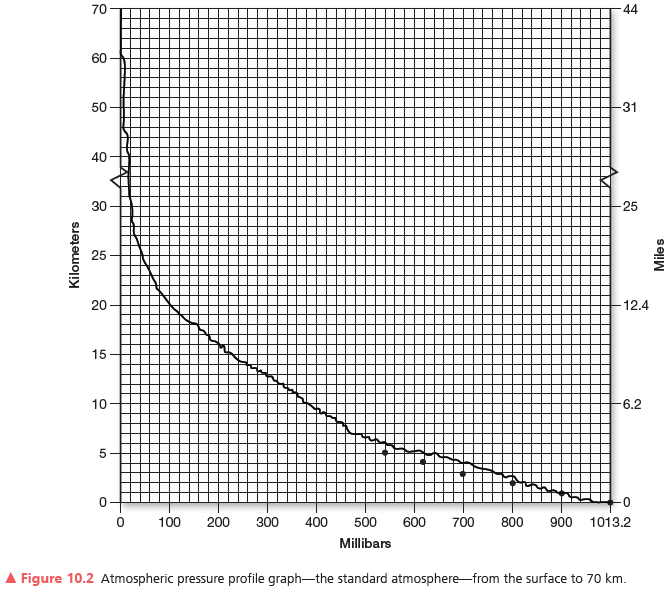Earth's major terrestrial ecosystems are called ____
a. biomes
b. deserts
c. tropical rainforests
d. climates
a
You might also like to view...
Mount Whitney, 4418 m (14,494 ft); air pressure at the summit?
Using the graph you prepared in Figure 10.2, list the approximate answers to the following, assuming standard atmosphere conditions. The first answer is provided for you in brackets.

Where are earthquakes and volcanoes most commonly found?
A) in the higher latitudes B) at the edges of oceans C) along tectonic plate boundaries D) around the equator E) The location is random.
The domestication of plants and animals allowed humans to alter ecosystems for their benefits. Which of the following is an example of a human benefit that resulted from ecosystem change?
A) Crop production increased and more people had food to eat. B) Crop production decreased as natural habitats were replaced. C) Grasslands were destroyed and predator insects were destroyed. D) Grasslands were destroyed and replaced with forests. E) Crop production increased as a result of more plants competing for the same land space.
A standard rain gauge consists of a funnel-shaped collector attached to a long measuring tube. The cross-sectional area of the collector is ____ times that of the tube. Hence, rain falling into the collector is amplified ____ in the tube, permitting measurements of great precision.?
a. ?2; twofold b. ?4; fourfold c. ?6; sixfold d. ?8; eightfold e. ?10; tenfold